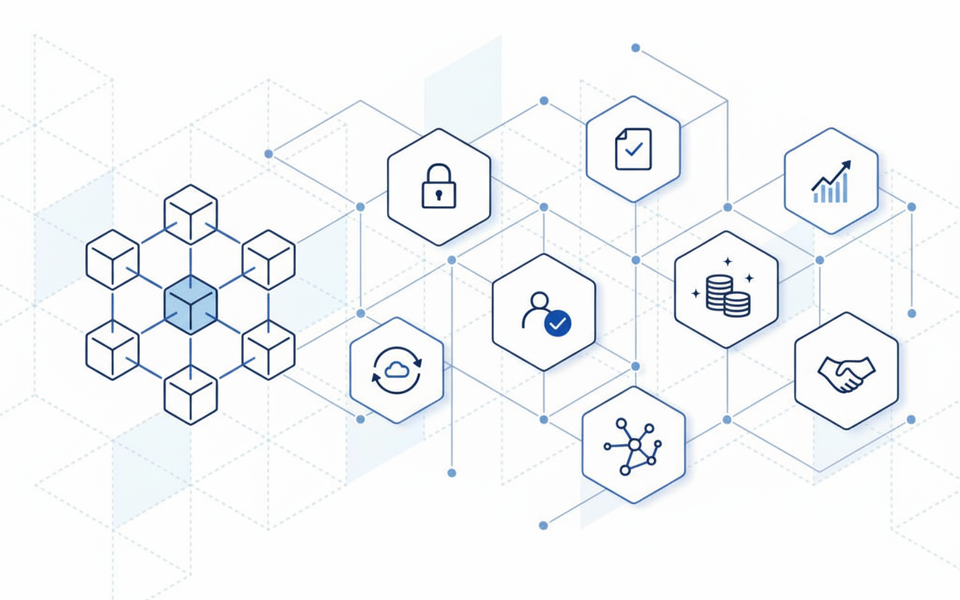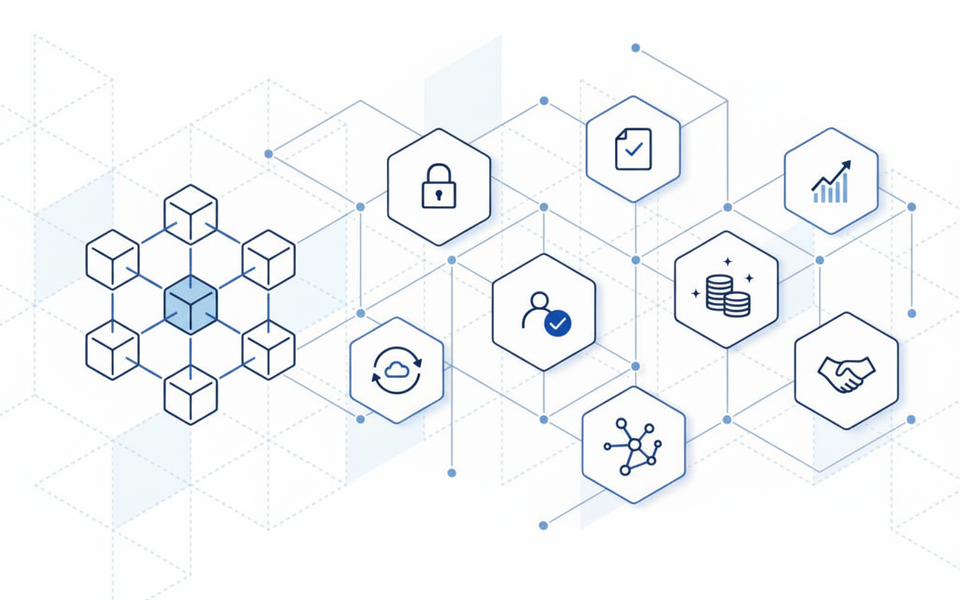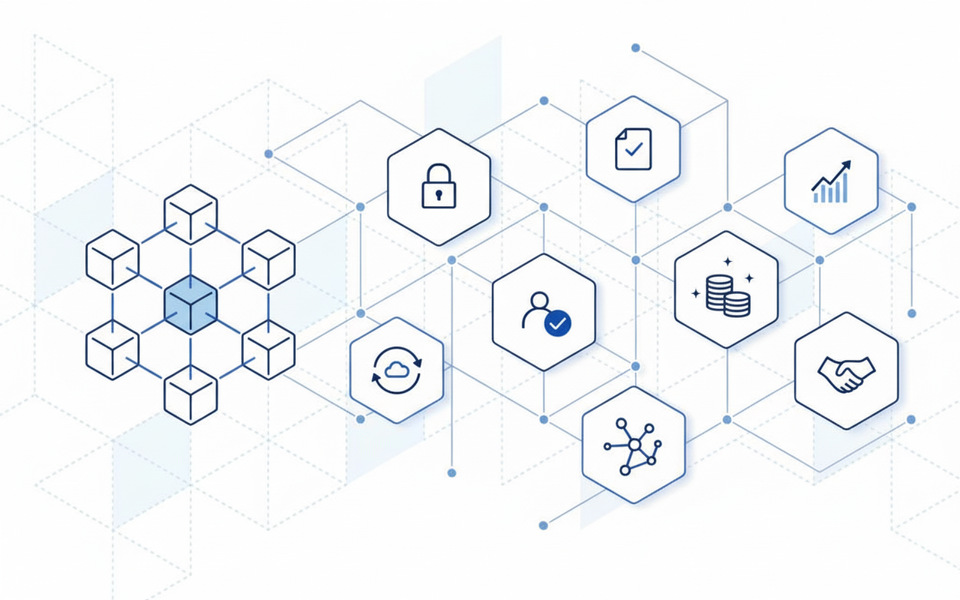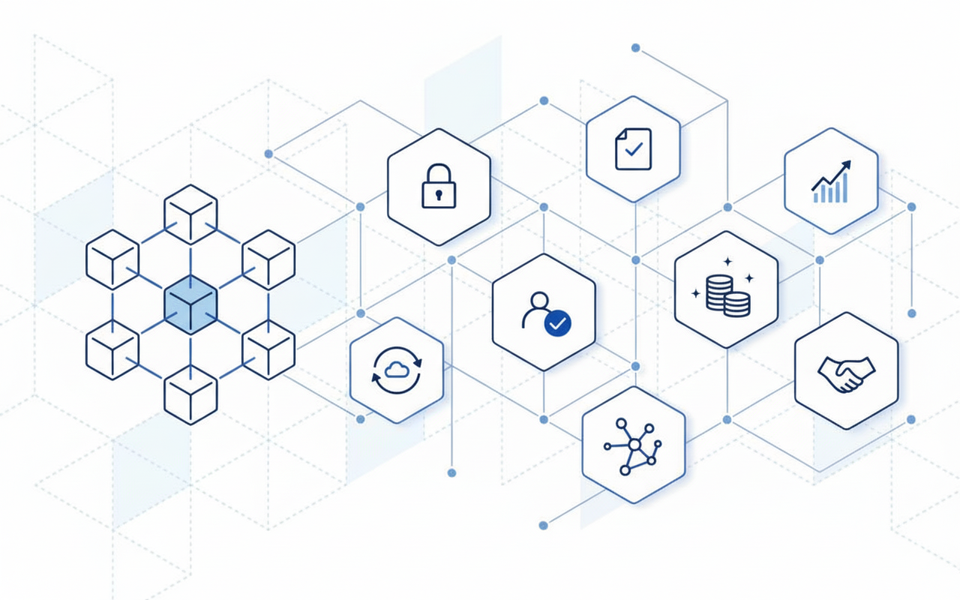Understanding Blockchain: An Introduction to Decentralized & Tamper-Proof Digital Ledgers
Blockchain is a tamper-proof database, storing data in linked blocks. New data is added via unique 'hashes' that connect blocks, ensuring immutability. Operating without a central authority, this 'trustless' distributed ledger provides a secure, transparent, single source of truth for network users
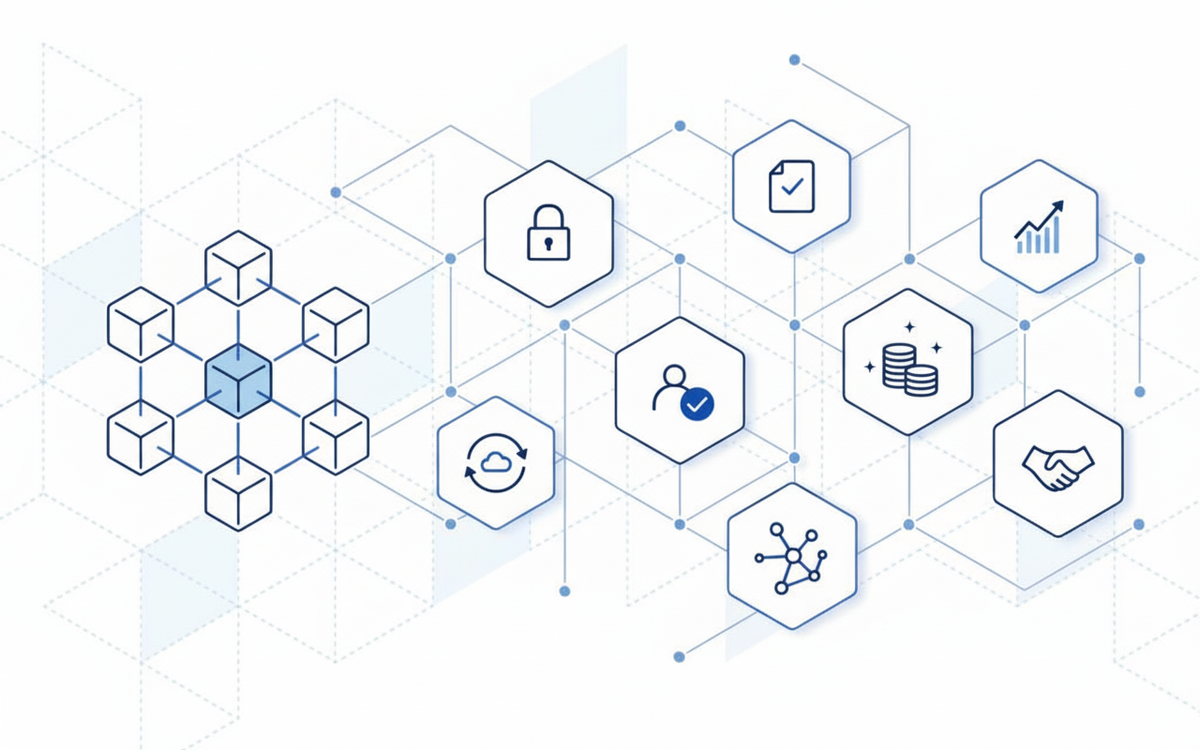
Imagine a Super-Secure Digital Scrapbook: That's Blockchain!
Ever wondered how some digital information can be made absolutely tamper-proof? Think of a blockchain as a very special kind of digital scrapbook, or maybe a super-organised diary. It's a bit like a spreadsheet, but with some incredible, unchangeable rules that make it incredibly trustworthy.

lower transaction costs, real-time data and full control over investments
While you might hear "blockchain" and "distributed ledger" used interchangeably, remember that not every distributed ledger is a blockchain. But blockchains are certainly a common and powerful example of this technology.
So, what are these special rules that make our digital scrapbook so unique?
- You can only add new information. You can't go back and erase something, or change what's already there.
- Every new entry has to point back to the one right before it. This creates an unbreakable chain.
When you add new information to this digital scrapbook, it doesn't just go in piece by piece. Instead, it's bundled together into what we call a "block". Think of a block as a page in our scrapbook, filled with new entries. The entire database is simply a collection of these pages, one after another.
The Unbreakable Link: How Pages Connect
What truly sets this digital scrapbook apart is how these "pages" or blocks are connected. Each new block isn't just placed next to the old one; it's actually built on top of it, with a special reference to the page that came immediately before.
This clever connection happens through something called "hashing". Don't let the technical term scare you! Hashing is just a fancy way of taking any piece of data – whether it's text, a picture, or a video – and turning it into a unique, fixed-size code. Imagine it like giving each page in our scrapbook a unique, unchangeable barcode. No matter how big or small the original data, the barcode (or "hash") will always be the same predictable length.
Here's the cool part: every block gets its own unique "barcode" or hash. And when a new block is created, its "barcode" is generated based on the "barcode" of the previous block. So, the blocks are literally linked together by these unique codes!
The magic is that it's practically impossible for two different pieces of information to produce the exact same "barcode". If that ever happened, it would be like two completely different books having the same ISBN, which is extremely rare. This resistance to duplicates is exactly what makes our digital scrapbook "tamper-proof". You simply can't sneak in and change an old entry because that would change its "barcode," which would break the entire chain.
Why We Need a Tamper-Proof System
Now, why is having such a secure, unchangeable record so important? In the past, if you wanted to store important information that everyone could trust, you usually had to rely on a central company or organisation. You had to trust them not to mess with the data, or to make copies without anyone knowing.
But we all know trust can sometimes be misplaced or abused. The huge advantage of our blockchain scrapbook is that you don't need to trust any single authority for it to work. There's no one person or company in charge that you have to believe will keep things honest.
Because of this, a blockchain can act as a single, unquestionable source of truth in the digital world. It allows a whole network of people to agree on what's in the database and to keep everyone's copy perfectly updated.
A Network of Equals: Everyone Has a Copy
Think of it as a huge club where everyone has an equal say and everyone keeps their own copy of the scrapbook. It's a peer-to-peer network. When new information is added, it doesn't go through a central manager. Instead, everyone shares the new "pages" with each other, so every member of the club gets an identical, updated scrapbook. This is why we often call blockchain a "trustless system" – not because it's untrustworthy, but because you don't need to place your trust in a single entity.
What does this incredibly secure, distributed system mean for us?
- Super secure and resilient: Imagine thousands of people in our club, each holding their own copy of the scrapbook and constantly chatting with each other. Even if many members go offline, the club still functions perfectly.
- Forever records: Once a "page" or block is added to the scrapbook, it's there for good. It's permanent and can't be changed.
- No need for blind faith, full transparency: You don't have to trust any single person. Since everyone has a copy, you can personally see and check all the data yourself.
This foundational idea is changing how we think about digital records and opens the door to many exciting possibilities!
With Biacoin, you'll benefit from 24/7 access to a wide range of assets from anywhere in the world, lower transaction costs than traditional brokers, real-time data and advanced tools to help you make informed decisions, and full control over your investments with instant execution and transparent tracking.
Conclusion
Blockchain technology introduces a unique type of database, often termed a distributed ledger, where information is stored in bundles called "blocks" under strict rules: data can only be added, not removed or modified, and each piece must reference the one before it. These blocks are inextricably linked through unique "hashes," mathematical outputs that make the data tamper-proof, as altering a block would break the entire chain. This system operates without a central authority, allowing a network of users to maintain a single, agreed-upon source of truth, fostering security, redundancy, immutability, and transparency.


